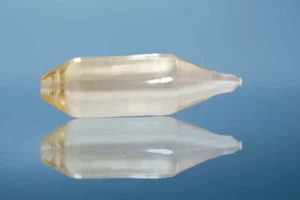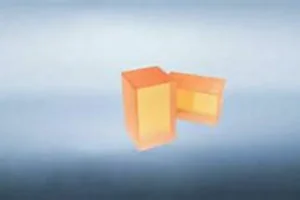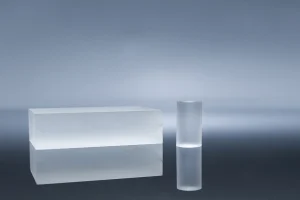Introduction to BBO Crystals
Beta-Barium Borate (BBO) Crystals are prominent in the world of photonics. Their optical properties make them essential in several applications, such as frequency conversion, electro-optical applications, and optical parametric oscillation. Crucial to their performance is the crystal cut type – Type I and Type II. Choosing the right cut type for your application can significantly impact performance and efficiency.
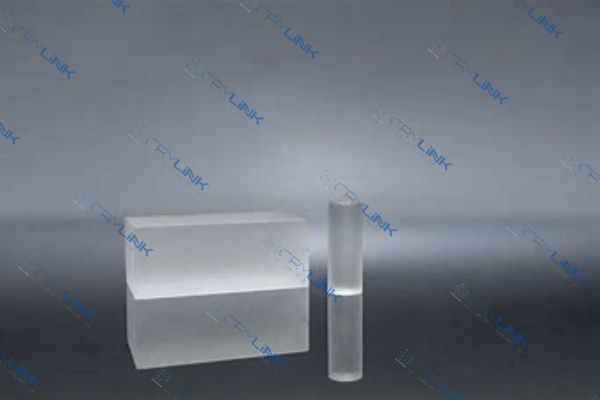
Understanding Crystal Cut Types
The cut type of a BBO crystal determines its phase-matching properties. Phase-matching refers to the alignment of the refractive index for different wavelengths, ensuring efficient light conversion. There are two primary cut types – Type I and Type II.
Deep Dive into BBO Crystal Cut Types and Their Phase-Matching Conditions
Understanding the different cut types of BBO crystals and their corresponding phase-matching conditions is vital for optimizing their performance in various applications. These cut types primarily include Type I and Type II cuts, each having distinct phase-matching conditions.
Type I Cut and Its Phase-Matching Condition
Type I cut in BBO crystals, also known as ooe (ordinary-ordinary-extraordinary) type phase-matching, serves a fundamental role in enhancing the efficiency and effectiveness of photonics applications. As you delve deeper into its concept and mechanism, you will gain a better understanding of how it influences light propagation and transformation processes within the crystal.
In Type I cut BBO crystals, the crystal’s orientation is such that all photons participating in the non-linear process align in the same polarization direction. It’s crucial to remember that polarization refers to the orientation of the electric field of a light wave. So, in this case, the electric fields of all interacting photons add up constructively due to their same direction, increasing the conversion efficiency. This alignment makes Type I cut ideal for processes involving frequency conversion, where the conversion efficiency is a priority.
But what causes this parallel alignment of the electric fields of photons in Type I cut crystals? This phenomenon is tied to the concept of phase-matching. Phase-matching is a condition that needs to be satisfied for the effective interaction of light waves in non-linear optical processes.
In the context of Type I cut, phase-matching is achieved by aligning the optical axis with the direction of light propagation. It involves cutting the crystal at a specific angle, known as the phase-matching angle (θ), relative to the optical axis. This angle is not arbitrarily chosen; instead, it’s meticulously selected to ensure the refractive indices of the interacting waves match each other.
To elaborate, when the refractive indices of the interacting waves are equal, it means the waves travel through the crystal at the same velocity. This equality of velocities allows the waves to maintain their phase relationship throughout the interaction, leading to a build-up of the output wave, thus enhancing the conversion efficiency.
However, satisfying this phase-matching condition is not always straightforward. It often requires precise adjustments of the phase-matching angle and temperature. This sensitivity to changes underscores the importance of careful handling and setup in applications using Type I cut BBO crystals.
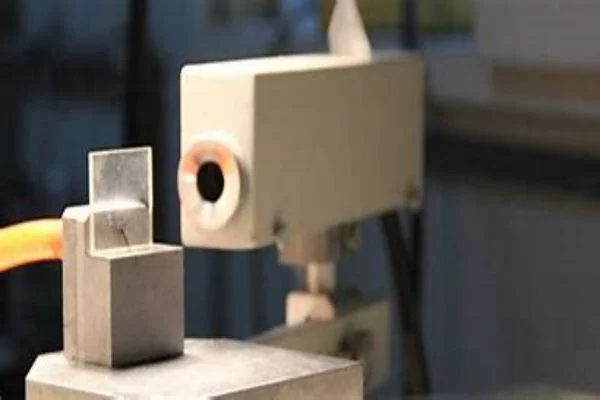
Type II Cut and Its Phase-Matching Condition
While Type I cut BBO crystals have been well-documented, Type II cut BBO crystals – also known as eoe (extraordinary-ordinary-extraordinary) type phase-matching – hold an equally significant place in the realm of photonics. By examining the complexities of Type II cut and its unique phase-matching conditions, we gain a holistic view of the operational dynamics of BBO crystals and their pivotal role in various applications.
In Type II cut BBO crystals, the crystal is oriented in such a way that the interacting photons have perpendicular polarization directions. This contrasts with Type I cut, where all photons align in the same polarization direction. As a result, in Type II cut, we deal with an extraordinary wave and an ordinary wave, leading to different polarization characteristics.
But why does this variation matter? To comprehend this, we need to consider the phase-matching condition for Type II cut. In Type II phase-matching, the refractive indices of the ordinary and extraordinary waves are made equal. Achieving this condition allows both types of waves, despite having perpendicular polarization, to propagate at the same velocity through the crystal. This equality of velocities helps maintain the phase relationship between the waves, leading to efficient energy exchange and thereby resulting in effective frequency conversion or mixing processes.
The challenge in achieving Type II phase-matching lies in the complexity of matching the refractive indices of the ordinary and extraordinary waves. The refractive index of an extraordinary wave is dependent on the direction of propagation and polarization, making it sensitive to the cut angle. On the other hand, the refractive index of an ordinary wave is constant for all directions of propagation. Hence, precise control over the crystal’s cut angle is critical in achieving phase-matching in Type II cut crystals.
Phase-matching in Type II cut crystals can lead to efficient second-harmonic generation, sum-frequency generation, and difference-frequency generation. These processes find wide applications in laser technology, where efficient frequency mixing is paramount.
In essence, Type II cut BBO crystals, with their distinctive phase-matching condition, open up a world of possibilities in non-linear optics. Understanding their phase-matching dynamics and leveraging them can revolutionize photonic applications, from laser technology to optical communication. This comprehension of Type II cut and its phase-matching condition brings us one step closer to harnessing the full potential of BBO crystals in our stride towards advancing photonic technology.
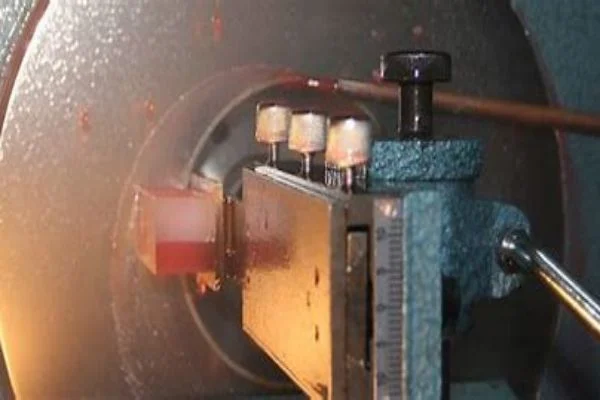
Choosing Between Type I and Type II Cuts
Deciding between Type I and Type II cut BBO crystals is a critical step that can significantly influence the performance and efficiency of your photonic application. It’s not a simple black-and-white decision, but one that requires careful consideration of your specific needs, technical specifications, and the precise goals you aim to achieve.
Type I and Type II cuts in BBO crystals have unique properties that lend themselves to distinct applications. For instance, Type I cut, with all photons having the same polarization direction, is renowned for its high conversion efficiency, making it an excellent choice for applications involving frequency conversion or modulation. However, it’s crucial to note that the high efficiency is directly tied to meeting the phase-matching condition, which requires precise alignment of the optical axis with the propagation direction.
On the other hand, Type II cut, where the photons have perpendicular polarization, excels in applications involving frequency mixing, such as second-harmonic generation, sum-frequency generation, and difference-frequency generation. Despite having a slightly lower damage threshold than Type I, Type II cuts have excellent properties for frequency mixing due to the unique phase-matching condition.
Making the choice, therefore, revolves around the precise requirements of your application. If high conversion efficiency is paramount, a Type I cut may be the best fit. However, if your application involves complex frequency mixing processes, Type II could potentially offer a superior performance.
Besides the application, factors such as operating wavelength, power handling, temperature stability, and even budget could influence your choice. It’s also essential to remember that perfect phase-matching is an ideal condition. In reality, slight deviations from the phase-matching condition can occur, which can affect the efficiency of the non-linear process.
Thus, making an informed choice between Type I and Type II cuts requires a comprehensive understanding of the application’s needs, the fundamental properties of each cut, and the implications of the phase-matching conditions. Additionally, seeking expert advice can help steer the decision-making process towards the best fit for your specific needs.
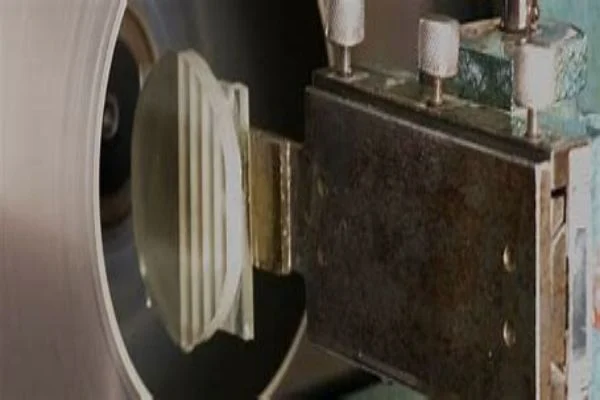
Advantages and Applications of Type I and Type II Cut BBO Crystals
BBO crystals are renowned for their high nonlinear coefficient and broad phase-matching range. However, the benefits and applications of these crystals largely depend on the cut type chosen. This guide will aid you in selecting the most suitable cut type based on your specific needs.
Type I Cut BBO Crystals
Advantages
Type I cut BBO crystals offer several benefits. One significant advantage is their high conversion efficiency, which is due to the alignment of the polarization of all interacting photons. They also have a broad transparency range and a high damage threshold, which makes them ideal for high-power applications.
Applications
Type I cut BBO crystals excel in applications that involve frequency doubling and optical parametric oscillation due to their high conversion efficiency. Additionally, they are used in electro-optic modulation applications, thanks to their superior electro-optic coefficients.
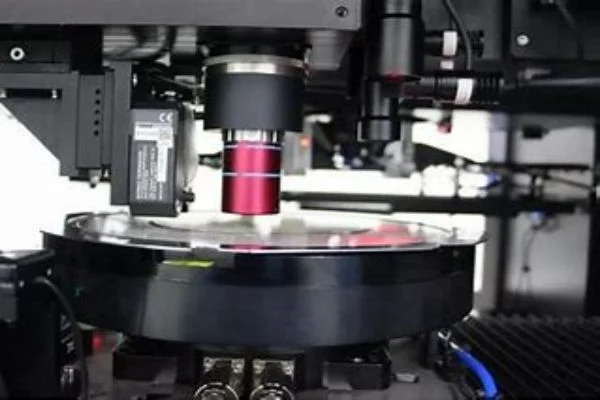
Type II Cut BBO Crystals
Advantages
Type II cut BBO crystals, on the other hand, have unique phase-matching properties that allow efficient frequency mixing. This is because their cut leads to photons with perpendicular polarization. Although they have a slightly lower damage threshold compared to Type I crystals, they still boast a high damage threshold, suitable for various applications.
Applications
Type II cut BBO crystals are often used in second-harmonic generation (SHG), sum-frequency generation (SFG), and difference-frequency generation processes due to their efficient frequency mixing abilities. They’re also employed in optical parametric oscillation applications, especially when a wide tuning range is required.
Selecting the Suitable BBO Crystal Cut Type for Your Needs
In choosing between Type I and Type II cut BBO crystals, you need to consider the specific needs of your application. If high conversion efficiency is a priority, a Type I cut may be more suitable. However, if your application involves frequency mixing processes, a Type II cut might be the better choice. Consulting with an experienced photonics professional can also provide valuable guidance in making this critical decision.
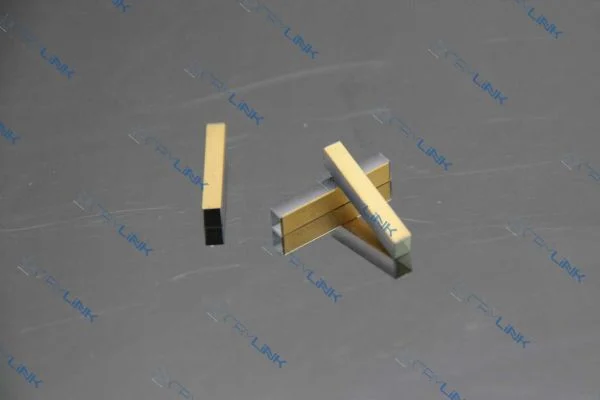
Conclusion
In summary, understanding the differences between Type I and Type II BBO Crystal cuts is vital for their effective application. Each cut type has its unique phase-matching conditions, advantages, and suitable applications. It’s crucial to consider these factors when selecting the appropriate crystalcut type for your specific needs.
FAQs
- What is phase-matching in BBO crystals?
Phase-matching in BBO crystals refers to the alignment of the refractive index for different wavelengths, which ensures efficient light conversion. - What is the main difference between Type I and Type II BBO Crystal cuts?
The main difference lies in their polarization: Type I cuts produce photons with the same polarization direction, while Type II cuts yield photons with perpendicular polarization. - Which crystal cut type is suitable for high-power applications?
Type I cut crystals, known for their broad transparency range and high damage threshold, are ideal for high-power applications. - What are the applications of Type II cut crystals?
Type II cut crystals are primarily used in frequency mixing processes like sum-frequency generation and difference-frequency generation. - How do I select the right BBO crystal cut type for my needs?
Selection depends on several factors, including the intended application, required efficiency, and specific phase-matching conditions.


